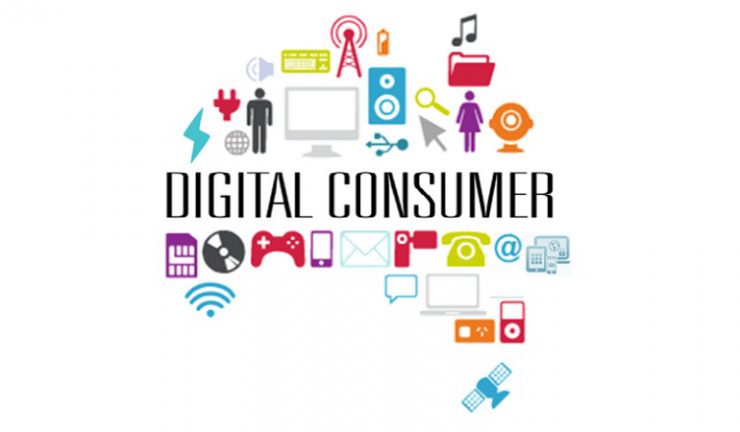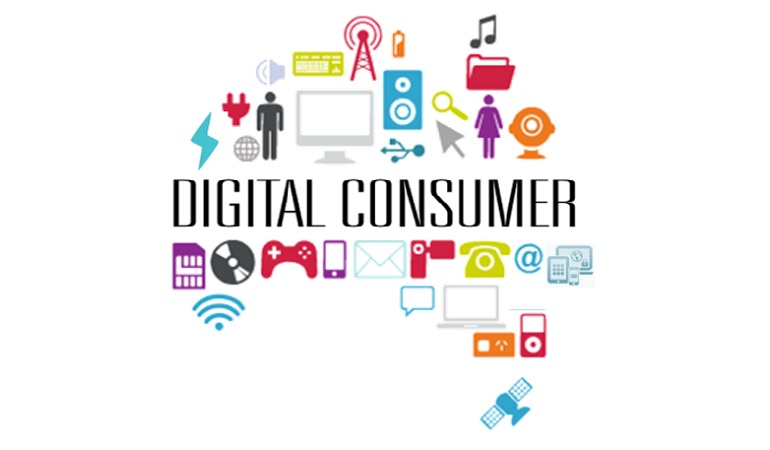The popularity of smartphones is driving an unprecedented boom in services and subscriptions based on mobile apps such as Streaming Video on Demand (SVOD), music, games, and eCommerce. According to a flagship study into the evolving digital lifestyles of Australians from technology analyst firm Telsyte, a smartphone is now the main digital device for more than half of those surveyed.
The study also found that, for the first time, the internet is now the main source of entertainment while the fast adoption of smart speakers and smartwatches is guiding new customer engagements which are becoming important for businesses looking to target early adoptions.
Published annually since 2008, The Telsyte Australian Digital Consumer Study 2020 delivers insights on the state of technology adoption, digital demographics and reports on changing consumer lifestyles as a result of advances in computer and communications technologies.
Other key milestones to emerge from the study showed the number of connected devices in the household increased from 17.0 to 18.9. Telsyte forecasts this to be greater than 30 devices by 2022 with growth coming from energy and lighting smart devices, security devices such as cameras and other smart appliances such as smart speakers.

However, the latest premium digital device adoption is being impacted by price rises, not helped by the increasing cost of living in Australia. “Longer product replacement cycles and rising prices are starting to dictate market trends with consumers looking for new features that justify the increases in costs,” Telsyte managing director Foad Fadaghi said.
Australians cybersecurity concerns are growing too, due to the rapid pick up of connected technologies and the shift to digital lifestyles, according to the study. More than one in four Australians experienced some form of cybercrime in 2019, including account hacks, phishing, ransomware, identity theft and cyberbullying.
Trust in media and government is declining particularly when it comes to ‘fake news’ but social media influence is more pervasive with around 22 per cent of Australian 16 years and older claiming they have made a purchase influenced by a social media post or advertisement.
There are also changes afoot when it comes to buyer behaviour with the adoption of ‘Buy Now, Pay Later’ services reaching new highs in 2019.
The push towards subscription services amongst online marketplaces such as eBay and Amazon enjoyed some success in 2019, online search and purchases. Australians are also showing they are receptive to emerging in-store shopping transformations such as Woolworths Scan & Go.
Gig economy incomes are facing pressure as the cost of living increases and slow wage growth impacts household budgets, with many consumers turning to technology-based ways to boost incomes. While the number of gig-economy services, such as Uber users and gig-workers both grew in 2019 the average income from gig-economy work decreased year-on-year as more individuals took on “gigs” to supplement their primary income.

